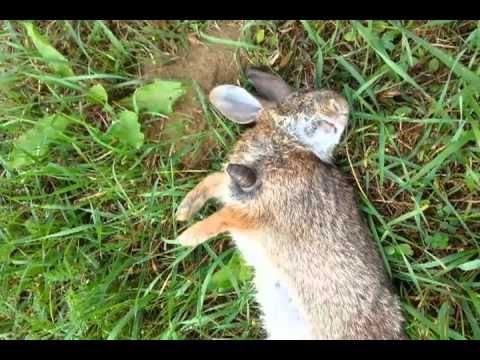
Let’s dive into how these wolf worms manage to survive within their rodent hosts and what happens when they finally decide to emerge. It’s a story of survival, adaptation, and a little bit of drama—nature’s own soap opera!
What Are Wolf Worms?
Wolf worms, also known as *Larva migrans*, are the larvae of a type of parasitic fly. While you might think of worms as just those squiggly garden dwellers, these guys have a much more interesting life story. They primarily target rodents, especially those living in moderate climates. When an adult fly lays its eggs, the larvae hatch and find their way into the host, usually through the skin.
Once inside, these little worms aren’t just hanging out—they’re on a mission! They’ll migrate through the rodent’s body, often settling in soft tissues. You could say they’re like uninvited guests making themselves at home.
Life Cycle of Wolf Worms
The journey of a wolf worm is quite remarkable. It all starts when the adult female fly lays her eggs near a rodent’s burrow. Once those eggs hatch, the larvae need to find a host quickly, typically through direct contact with the rodent’s skin. It’s a race for survival!
Let’s break down their life cycle:
- Egg Stage: It all begins here, with the eggs laid in a location frequented by rodents.
- Larval Stage: The larvae hatch and penetrate the rodent’s skin, eventually migrating through its body.
- Pupal Stage: After a period of growth, they settle into tissues where they can pupate.
- Emergence: Finally, when conditions are right, they emerge from the host, often causing quite a stir!
This cycle showcases the adaptability of wolf worms, allowing them to thrive in environments where their hosts live.
How Do Wolf Worms Survive Inside Their Hosts?
You might be wondering how these worms manage to survive inside a living creature that’s constantly moving and living its life. Well, it turns out they’re pretty good at playing hide-and-seek. Once inside the host, wolf worms can evade the host’s immune system. They achieve this by secreting substances that mask their presence, allowing them to live undetected for extended periods.
Another important factor is their ability to consume nutrients directly from the host’s tissues. They are masters at drawing energy from what they’re living in, which helps them grow strong and prepare for the next step in their life cycle.
The Process of Emergence
When the time comes for wolf worms to emerge, it’s quite the event. They need to find a way out of their host without causing too much damage, which can be tricky. Typically, they’ll create a small opening in the skin to make their exit. This can often lead to noticeable lesions on the host rodent.
But why do they go through all this trouble? Essentially, they’re seeking freedom to continue the cycle of life. Once outside, they’ll pupate and eventually become adult flies, starting the process all over again. It’s like a dramatic escape scene in a movie, but in the animal kingdom!
Impact on Rodents and Ecosystems
So, what does this mean for the rodent population and the broader ecosystem? Wolf worms can have a significant impact on their hosts. Infected rodents may experience health issues, affecting their behavior, reproduction, and overall survival. This, in turn, can influence predator-prey dynamics within their ecosystems.
For example, a decrease in rodent populations could affect the animals that rely on them for food, like owls or hawks. In this way, wolf worms play a fascinating role in the balance of nature, even though they may seem like the villains at first glance.
Wolf worms are a great example of how nature works in mysterious and sometimes surprising ways. From their unique life cycle to their survival strategies, these little creatures showcase the complexity of ecosystems and the intricate relationships between species.
While it might be easy to overlook them, wolf worms remind us how interconnected our world is—and just how incredible life can be, even in the smallest of forms. Next time you see a rodent, you might find yourself thinking of the little wolf worms that could be riding along for the ride! Nature, with all its quirks and surprises, really is a captivating story waiting to be explored.
